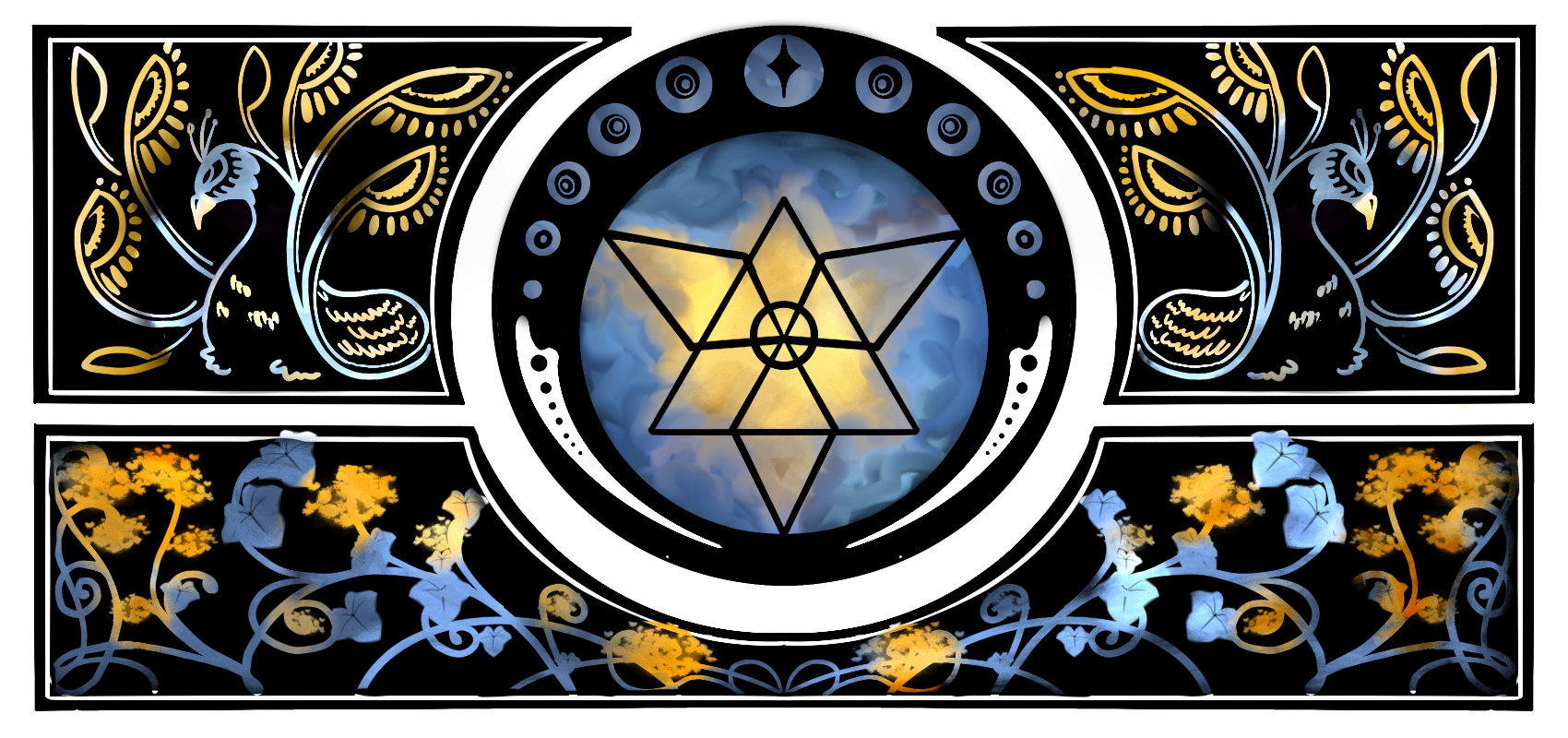Careful to not anger it, my boy! I'll either peck out your eyes, stomp your feet, or charge its blighted quillls at ye!— Concerned Father and Lagrich Herder
The Appearance
Known as the best method of transportation on the west side of the continent, the Lagrich is a massive bipedal seed-eating bird. It is known as well for its ability to run and evade predators as it is known for it's ability to climb. Flightless, the Lagrich itself is stocky, big beaked, and has feet with toes splayed long enough to wrap around a pot-bellies man's stomach. The feet itself have a rotating wrist it can rotate all the way around one and a half times in either direction, which it uses to access it's one stubby backclaw it uses to wedge into any cliff facing rock to climb. Twisting its ankle when running simply isn't a problem, but this makes it far less quick than an average
Strig. In line with this, its wings have two fingers at the second, or most front-facing, joint. It uses these to hook and pull itself just about anywhere, though most of the time, it combines all of these features to get up steep trees to knock off large seeds.
As one might imagine then, it's feathers serve little function aside from making it still aerodynamic when running, and with its mute colors, they certainly aren't intended for mating.
Courting Mates
For mating purposes instead, the Lagrich uses displays of power. A fiercely territorial bird, it will only seek out a group when seeking out a mate. Males and Females alike compete--though females with less frequency, and mainly to reject the advances of a forceful "mate".
When competing, a Lagrich has three tools at their disposal: their claws, their beaks, and their chest quills. Their claws, while not particularly sharp, are equally as deadly as a blunt weapon all the same with the amount of force one can but behind those strikes: with strong leg muscles, it can easily tear through flesh. The beak, attached to along neck, is a thick and fairly sharp instrument, honed through its usage on seeds months before. The chest quills, are particularly deadly; the Lagrich can inflate its skin, poking out a lattice of interlocked quill-like bones, not unlike a common pufferfish, which it then pushes on their victims. While not venomous, the resulting puncture wounds themselves can be decimeters thick, and centimeters deep. Were it not for the loose skin the Lagrich itself boasts for when it inflates, the Lagrich would compete their species to death.
The winner of these competitions, even so, does not often live long. For that reason, all Lagriches mate for life, but do not stick around to mother their children.
Domestication and Ranching
Aside from being a tasty meal, the Lagrich were first domesticated to assist in the cultivation of several nut-producing trees, among these being the coconut. Due to it's accessibility, coconut became widely popular and sought after by the westward continent, the fruit seen as exotic and foreign there. From then on, Lagriches were bred to help transport the haul from one side of the continent to the other, across the isthmus.

Comments